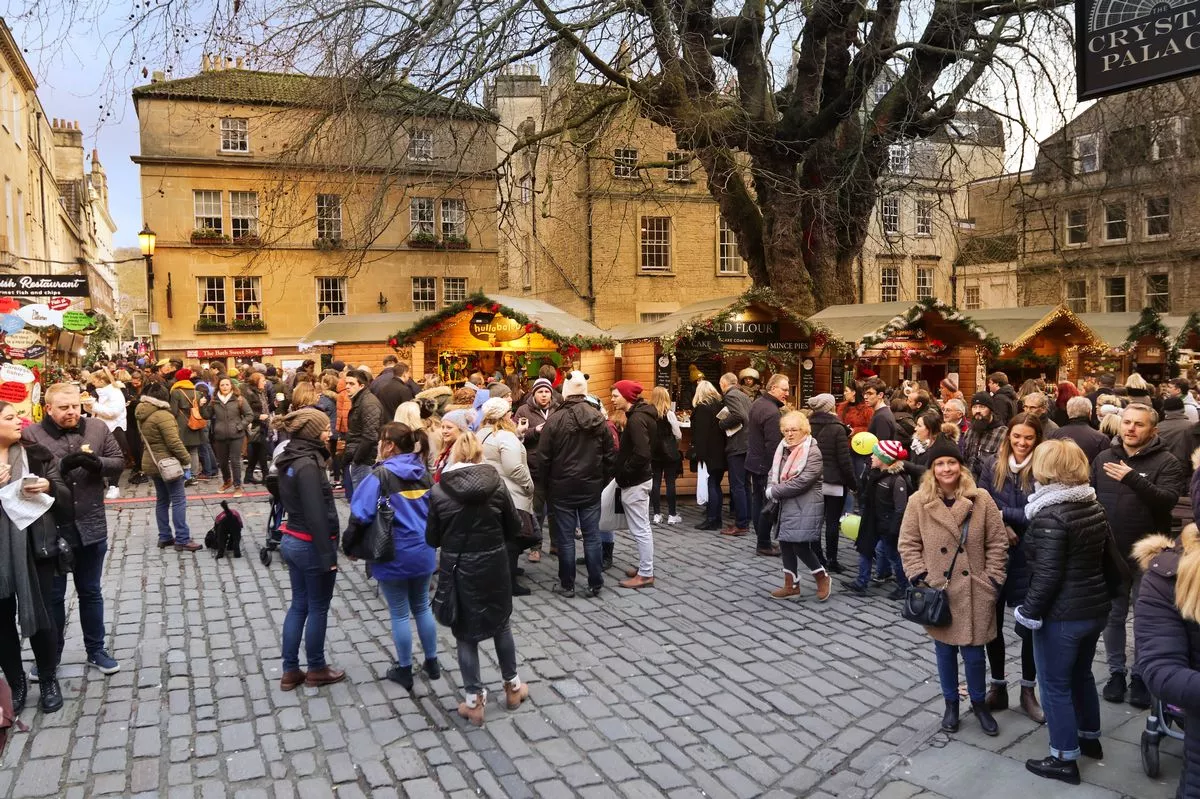The city is home to one of the UK’s best Christmas markets with tourists regularly visiting each year to try the food and mulled wine
The enchanting city of Bath was recently crowned the world’s most beautiful during autumn, but its charm doesn’t fade with the seasons. According to consumer watchdog Which?, it also hosts one of Britain’s top Christmas markets.
The market is a winter wonderland complete with an ice rink and countless stalls to peruse. Most stallholders hail from the South West, showcasing a wide variety of goods – from garden decorations to handcrafted wooden furniture.
Shoppers can find everything from cosy knitwear to fragrances and even gifts for their pets.
Of course, no Christmas market would be complete without a feast of food, and Bath’s market doesn’t disappoint.
Visitors will be spoilt for choice with regional delicacies, festive flapjacks and more on offer, reports the Express.
But it’s not just the market that’s won accolades. Bath has been named the UK’s most picturesque city in autumn and winter by travel experts at Premier Inn.
The historic city has outshone global competitors like Chicago and Cape Town to take the top spot in worldwide beauty rankings.
Bath Abbey, rated the top local attraction by Tripadvisor, has been a sacred site for over a millennium.
Tripadvisor users have heaped praise on the abbey, with one visitor noting: “A beautiful and peaceful space to spend time.”
Another visitor shared their enthusiasm: “Visited more than once. So much to see and appreciate the history and architectural beauty.”
Whilst some tourists express frustration at being unable to swim in the Roman Baths themselves, the attraction comes alive through its captivating displays.
Amongst the intriguing artefacts housed at the Baths is a remarkable collection of curse tablets, where angry Romans etched their complaints seeking revenge from the gods before throwing them into Minerva’s Spring.
Although the ancient Baths remain closed for bathing, the Thermae Bath Spa provides adults with an indulgent spa retreat using the city’s naturally warm, mineral-enriched waters.
For anyone seeking a welcoming café, Bath features numerous comfortable venues, offering the opportunity to sample the famous ‘Bath Bun’, a sweet pastry topped with fruit and crystallised sugar.
Bath is celebrated for its impressive range of beautiful architecture, a characteristic that has secured the city’s position as a designated UNESCO site.
Tourists might spot recognisable locations throughout the city from hit programmes including Bridgerton, Poldark and The Sixth Commandment.

